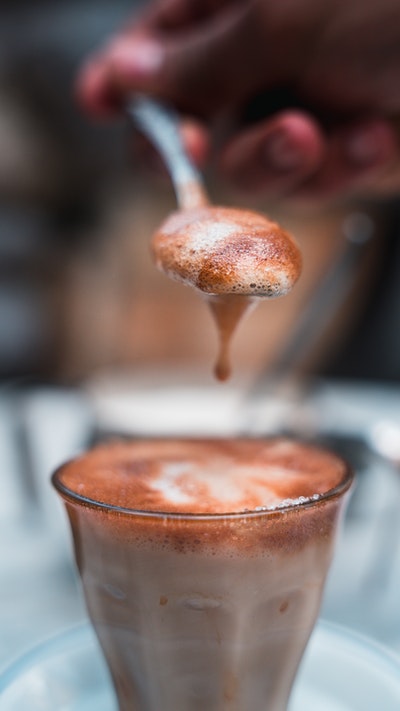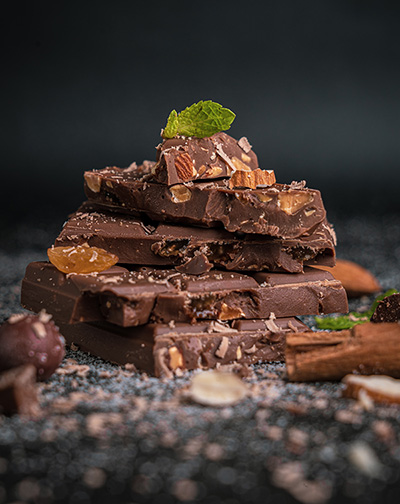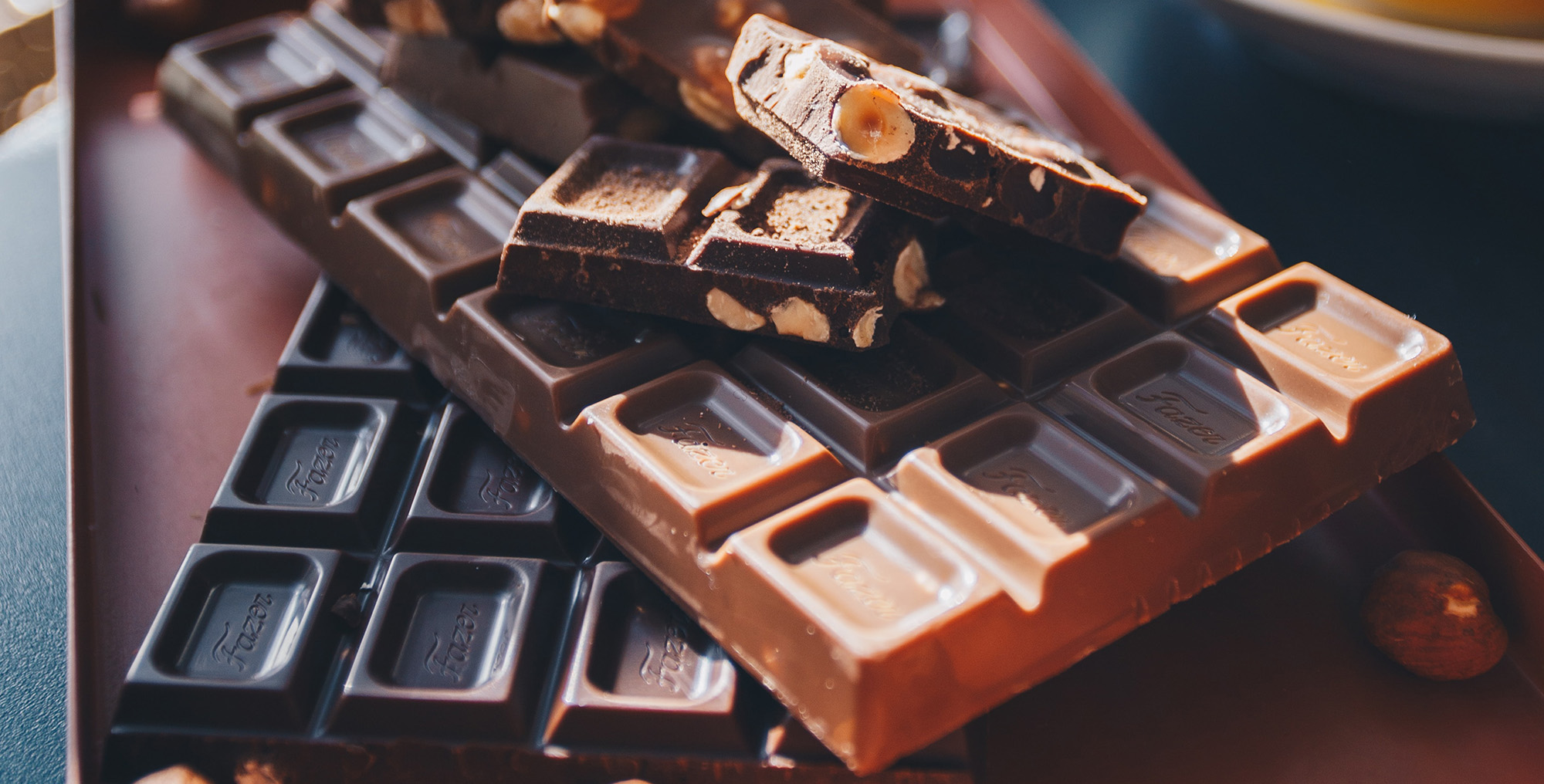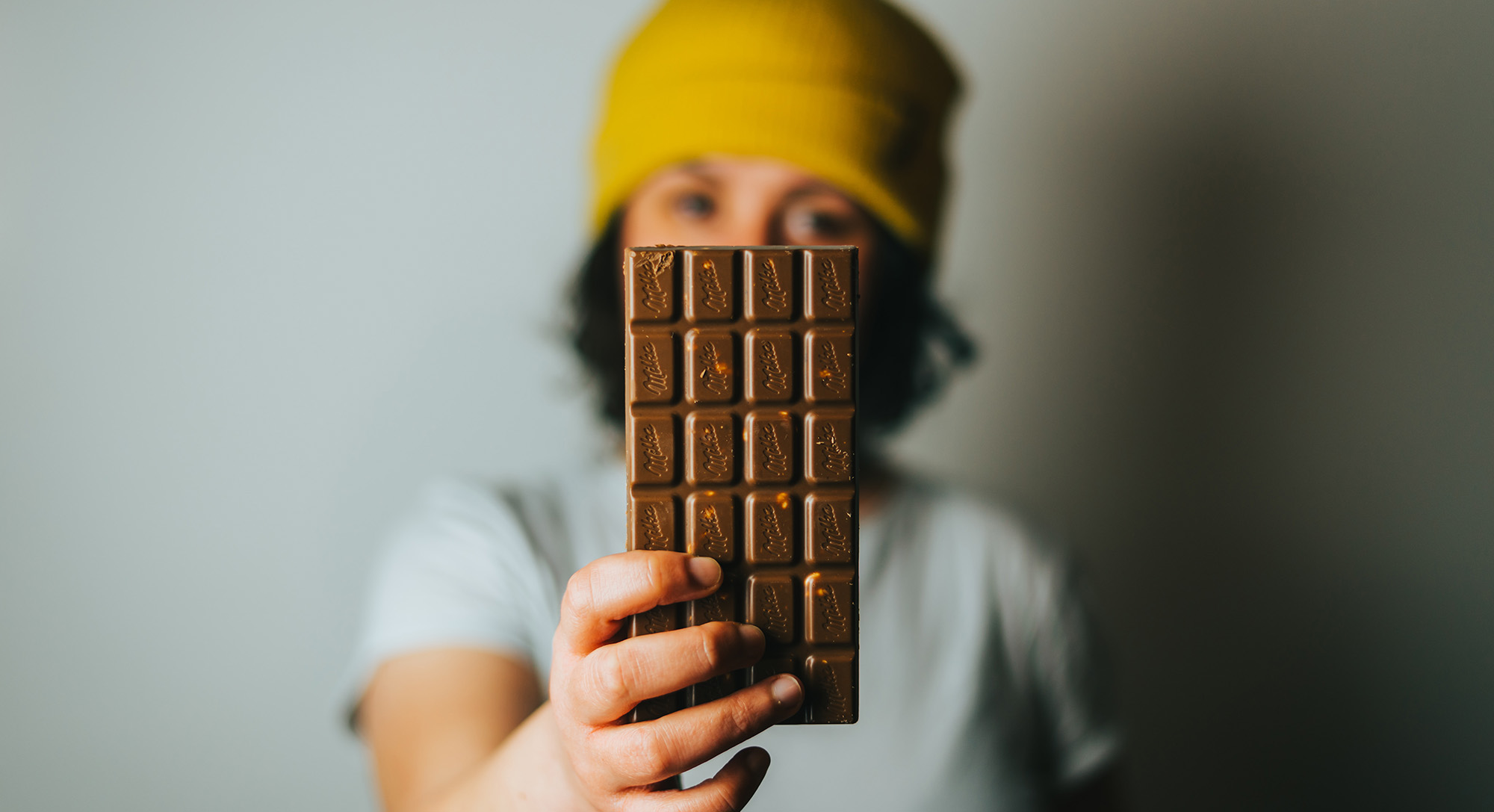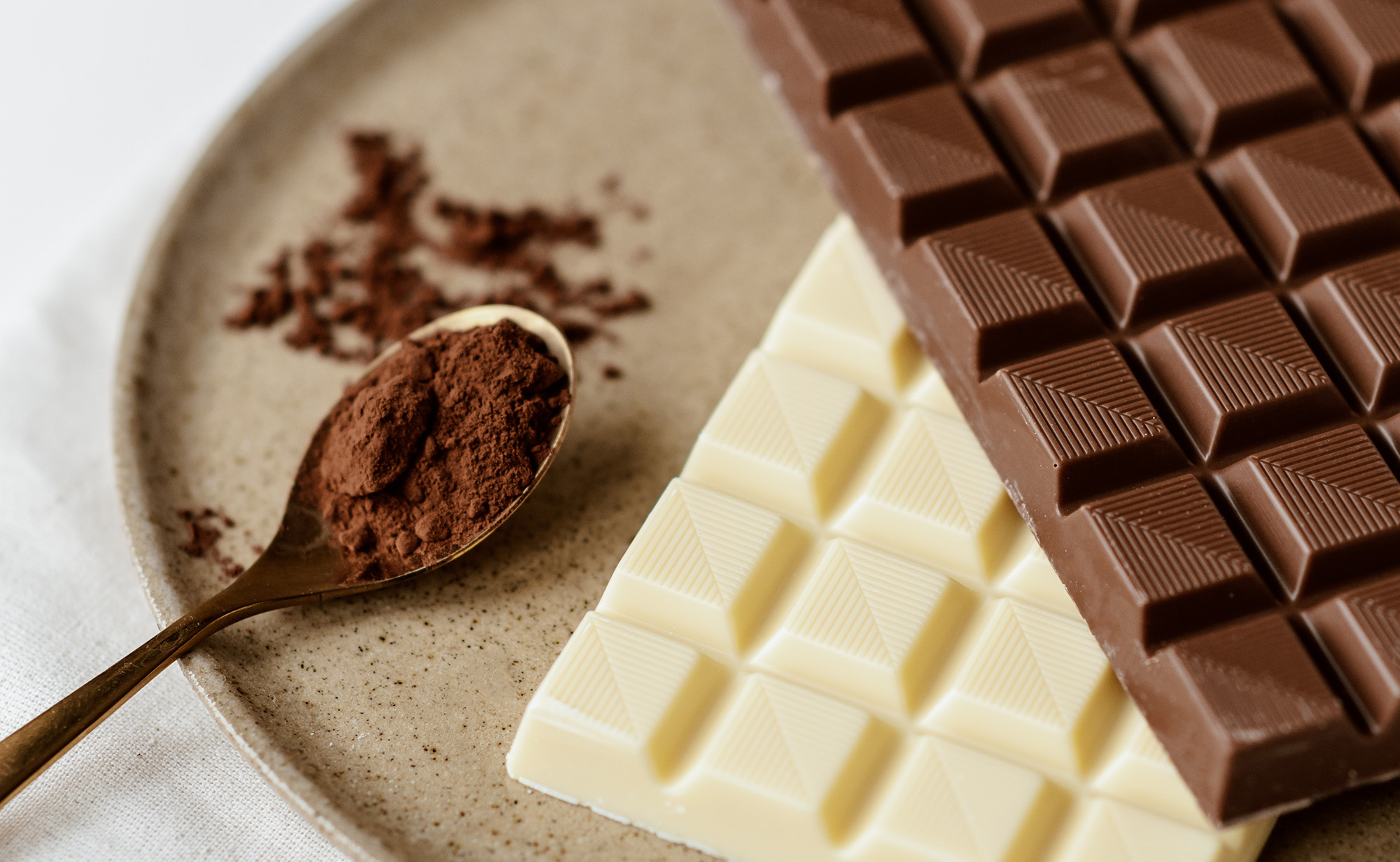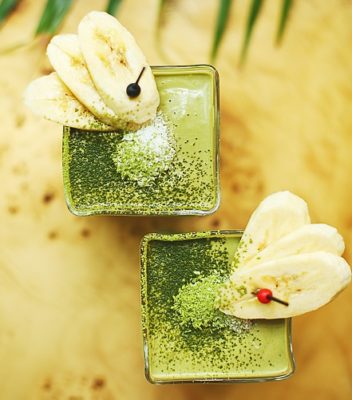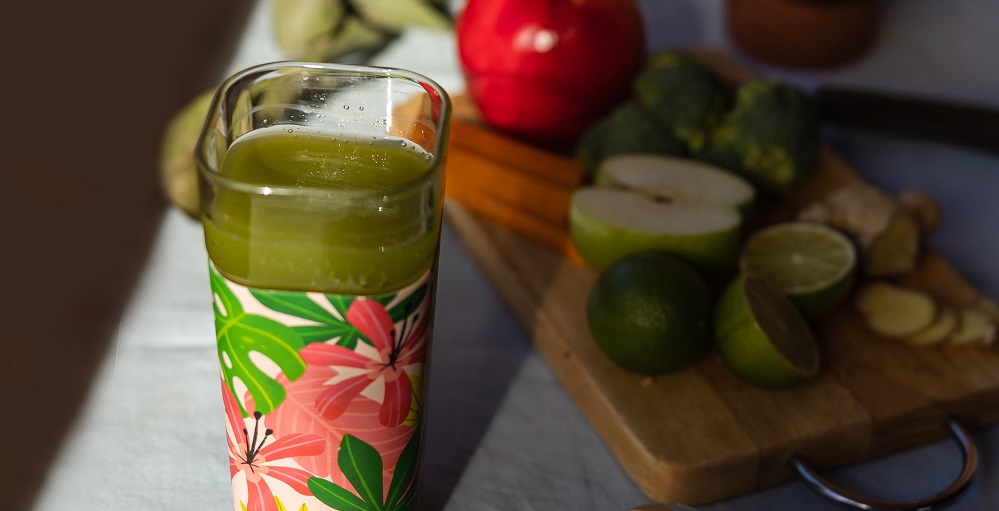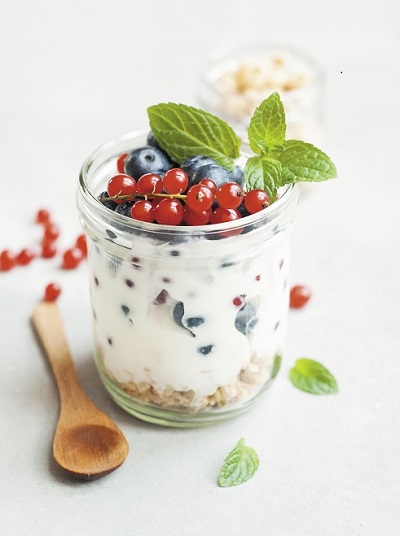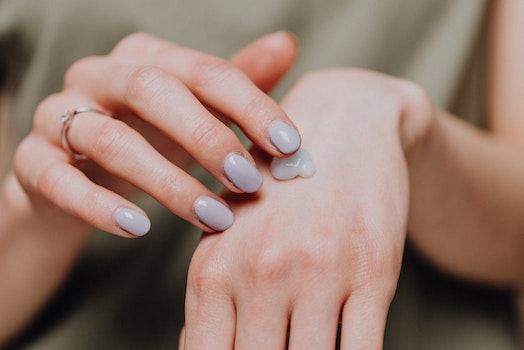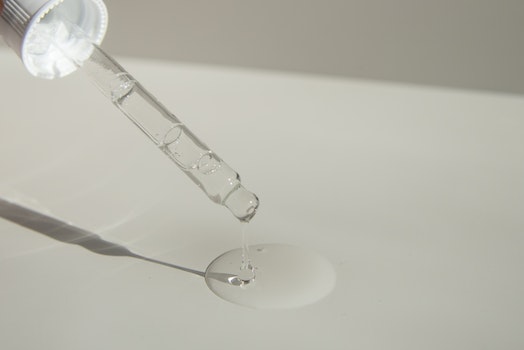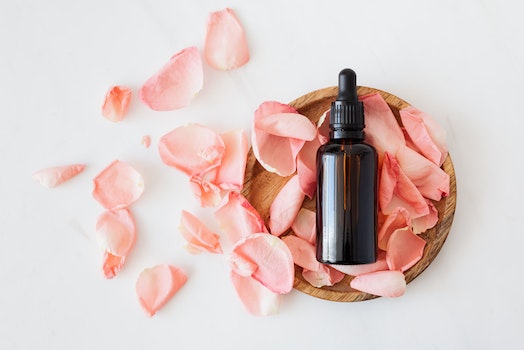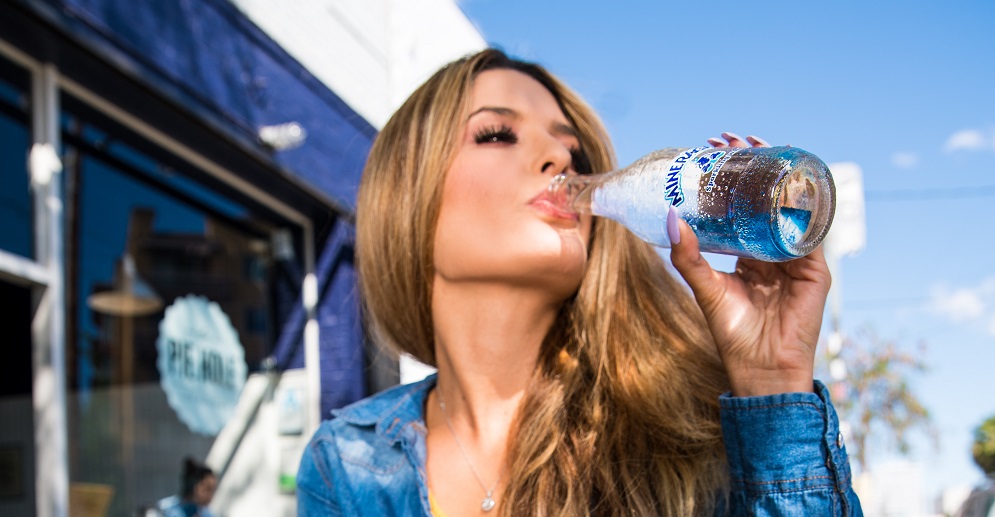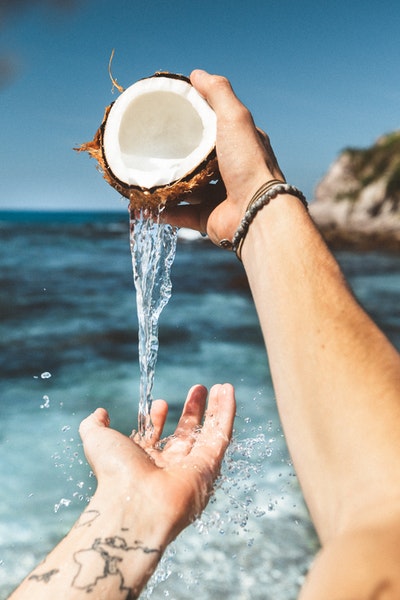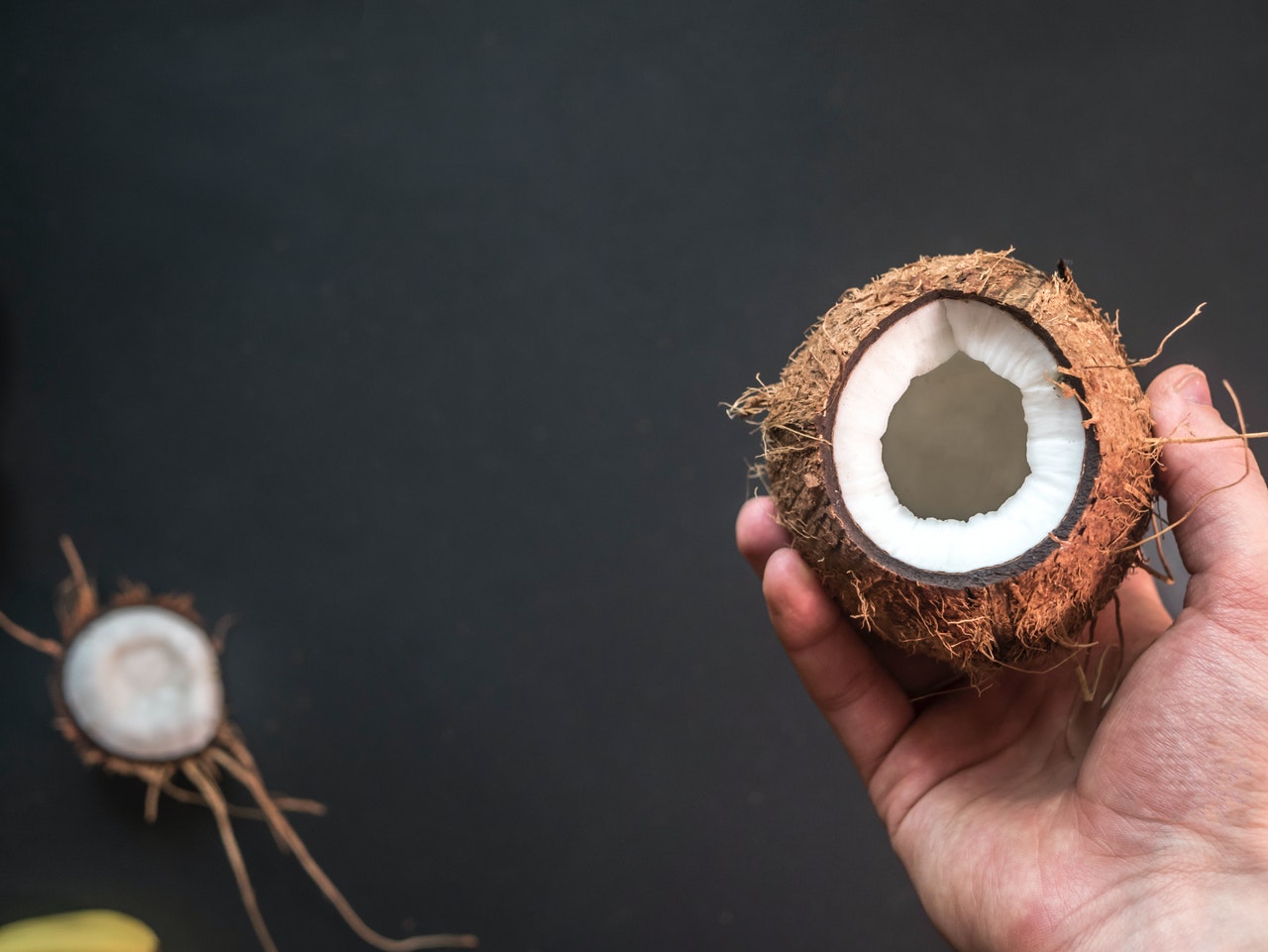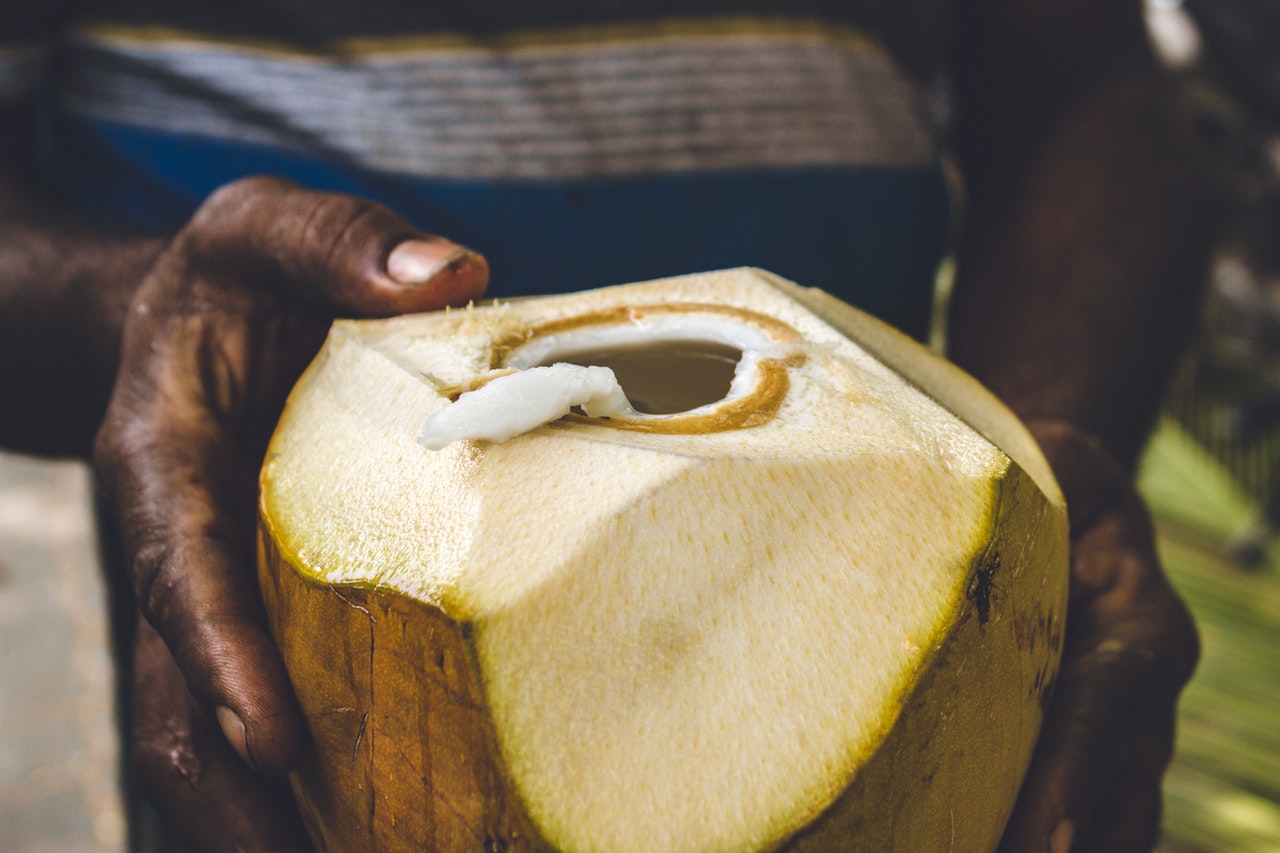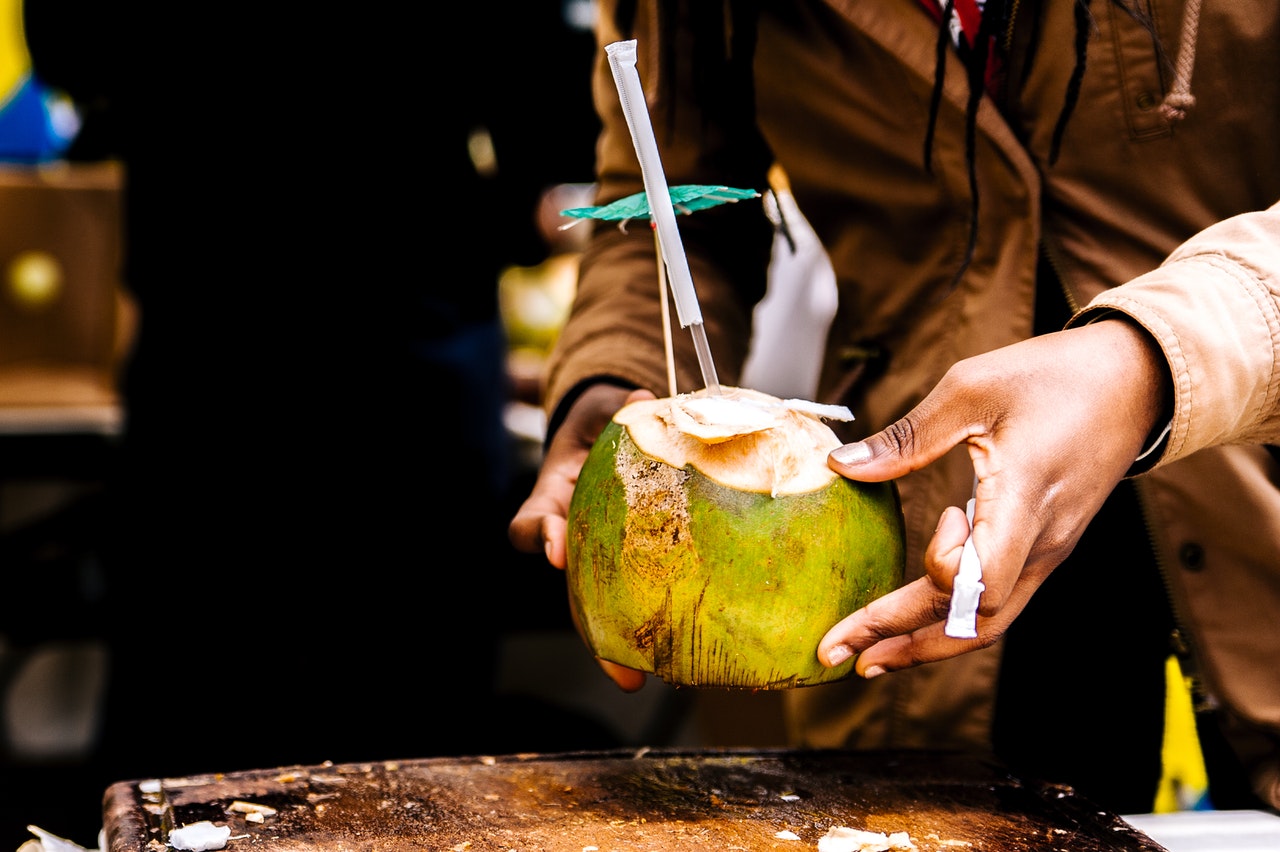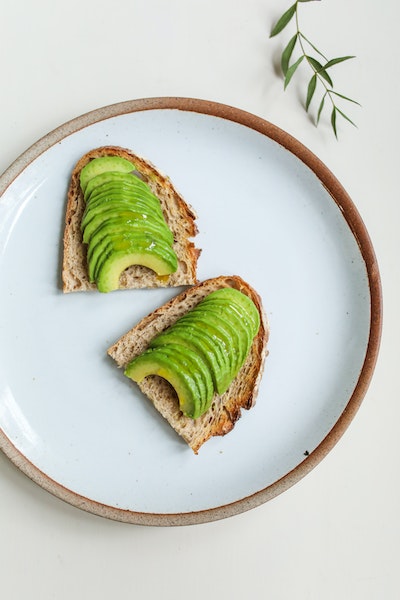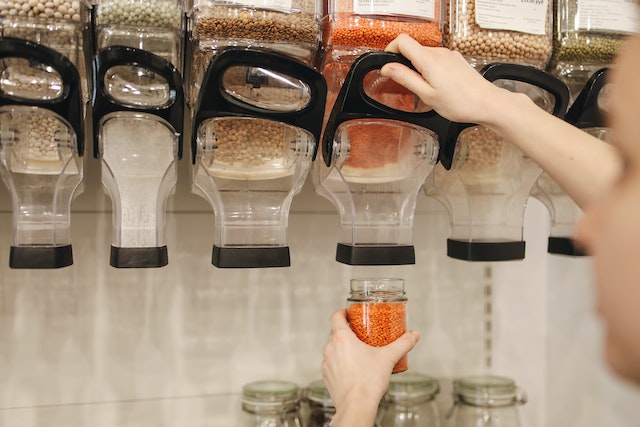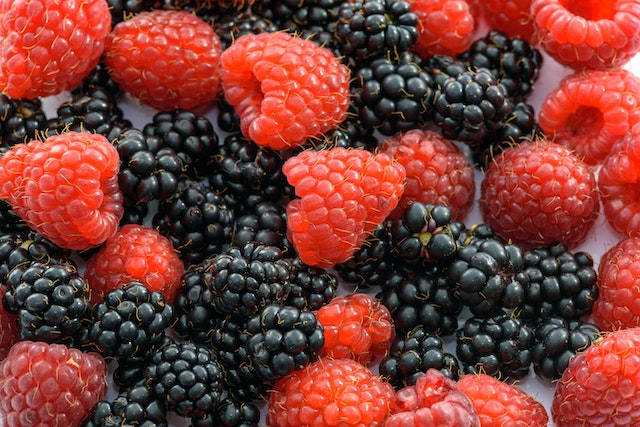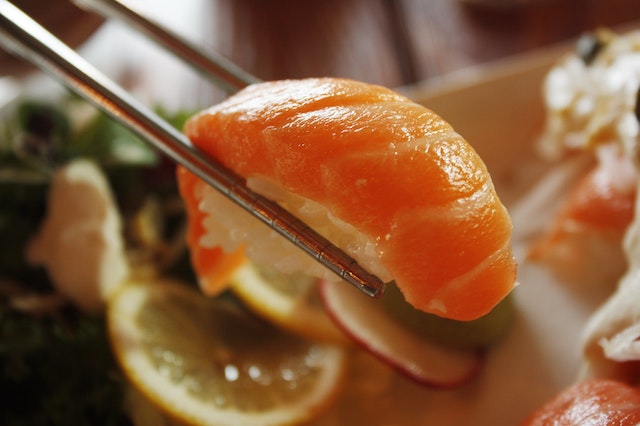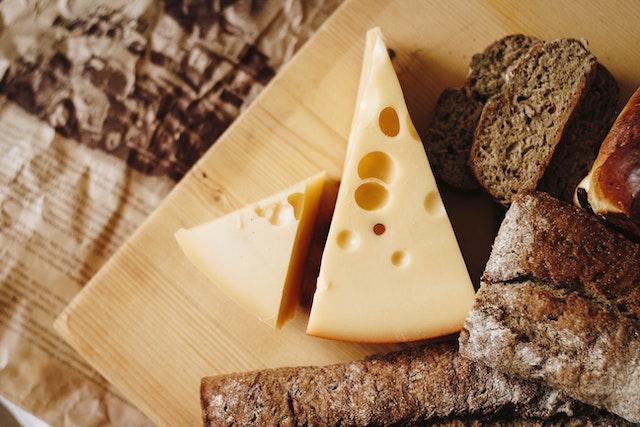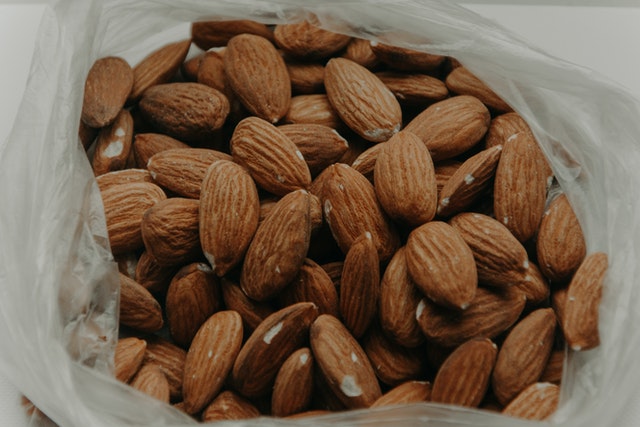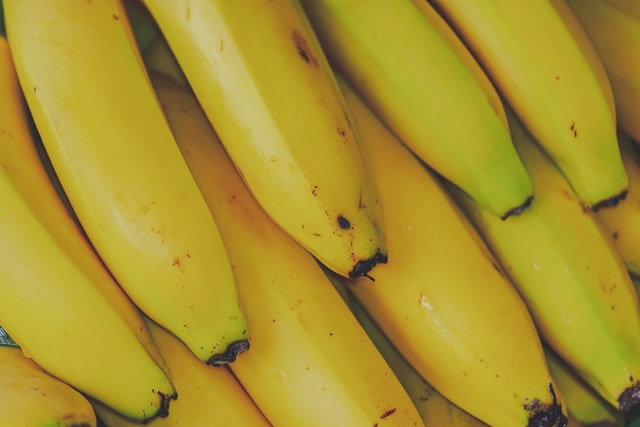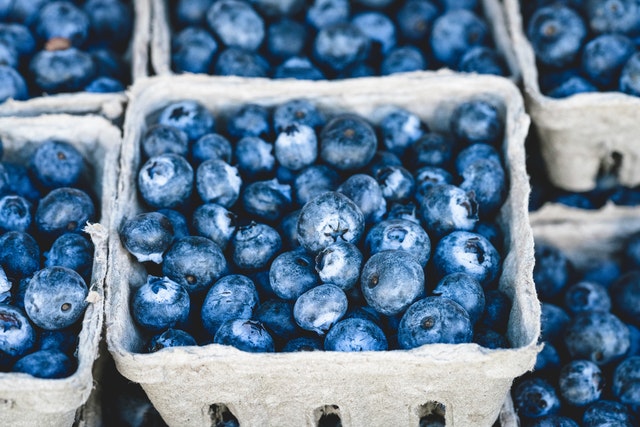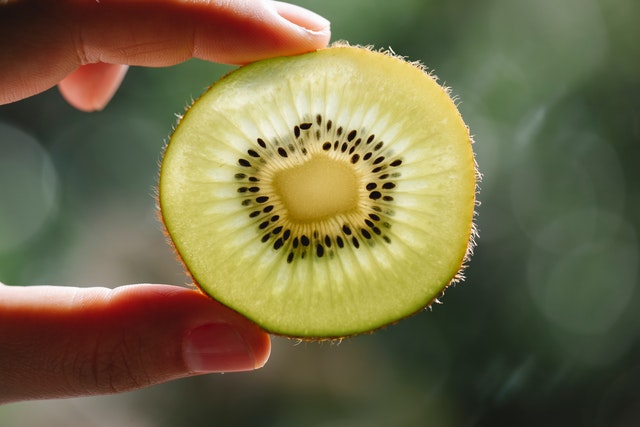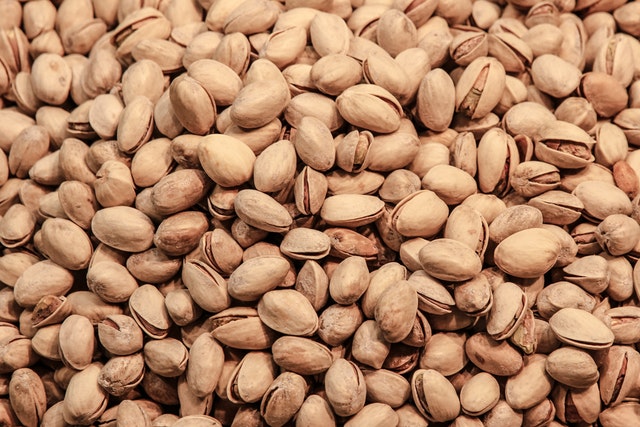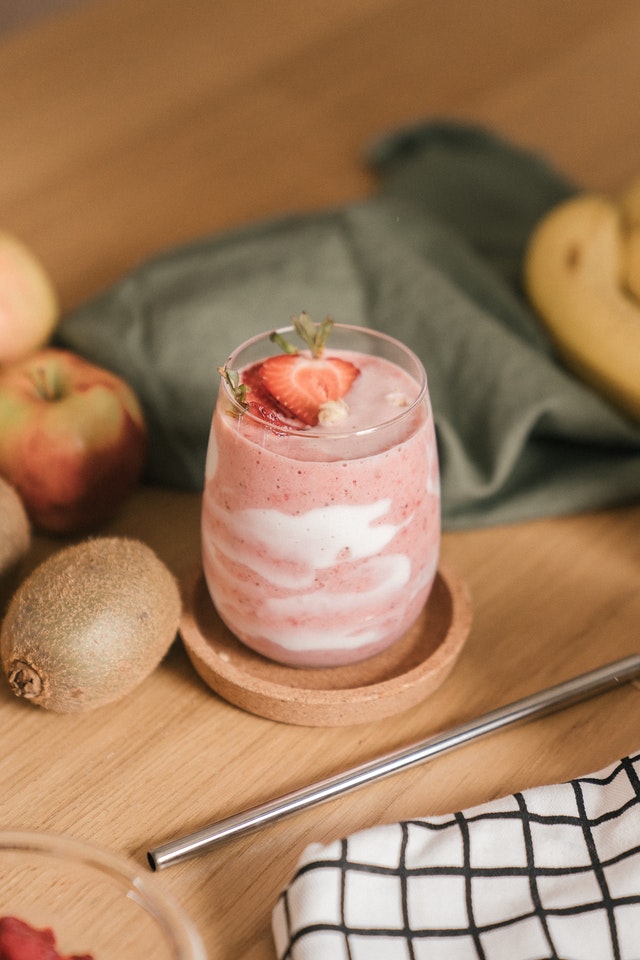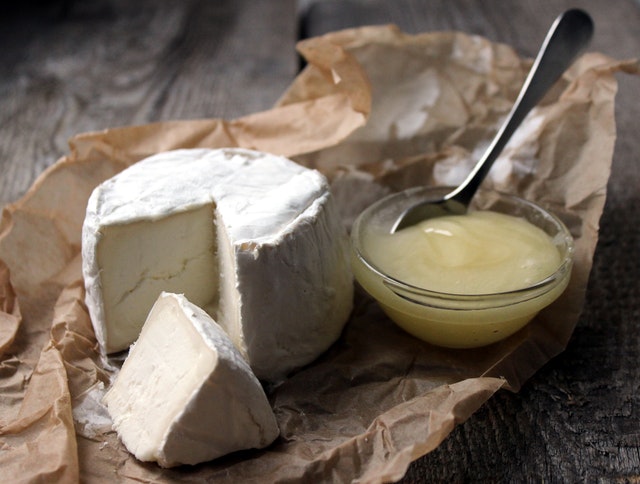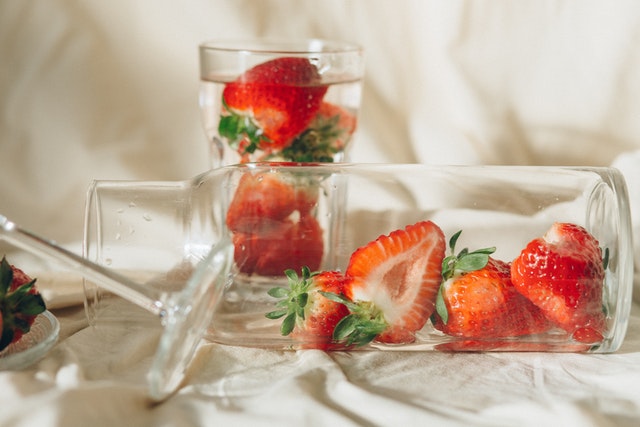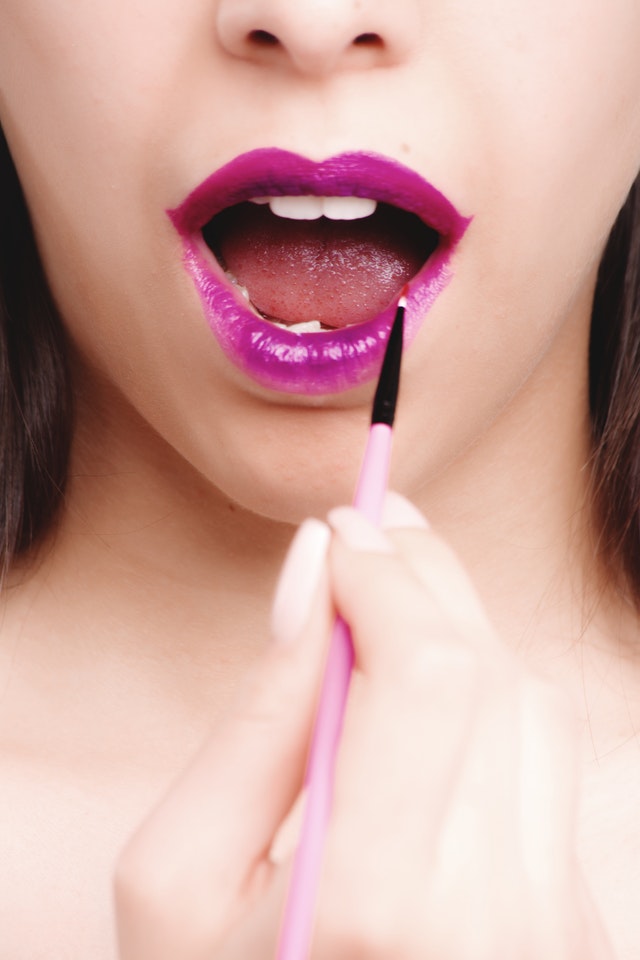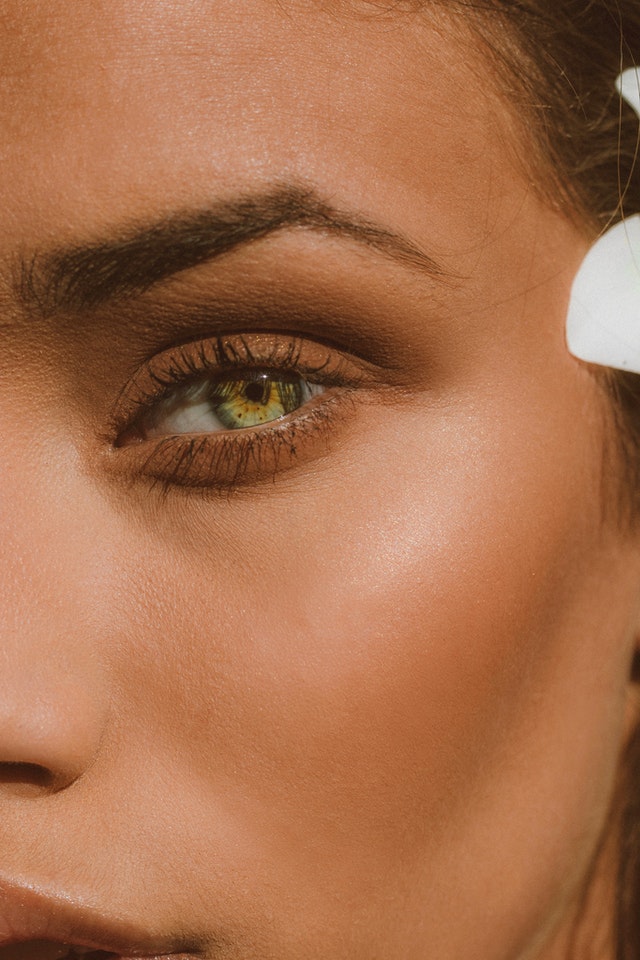When discussing the differences in espresso-based coffee beverages, it is essential to understand the problem of viewing those differences through an American lens. Most American coffee shops will have interpretations of standard espresso-based drinks. Still, when you look at popular chains, such as Starbucks, there is little difference between a macchiato and a latte. However, there should be a significant difference between these two drinks, and there is a noticeable one when visiting coffee shops in Rome or Venice.
Therefore, to help compare the differences between a macchiato and a latte, it is crucial to examine the drinks from an aficionado's perspective. It is necessary to look at the drinks by definition and benefits.
What Is a Macchiato?

A macchiato is an espresso-based drink. What sets it apart from other coffee beverages is that it uses only a little milk or milk foam. In traditional shops, a macchiato will only consist of two ingredients: a shot of espresso and a splash of steamed milk.
Because the drink only uses a little milk, it tends to have a more robust flavor than other milk-based espresso drinks. Additionally, because the beverage only has two ingredients, customers tend to get a smaller portion, typically 1 1/4 oz.
Nutritional Information
The size of the drink and its minimal use of milk play a substantial role in the beverage's caloric content and other nutritional factors. The minimal use of milk results in fewer calories than other espresso-based drinks, making it a healthier option for those who do not like black coffee.
Caffeine
Depending on the size of your macchiato, the drink might have around 80 mg or more of caffeine. As most American portions are larger than traditional servings, a macchiato might have as many as 120 mg.
Benefits
Macchiato has several potential benefits. While most coffee drinkers will know that regular coffee has several health benefits, they can underestimate the advantages of this espresso-based drink. Some of these benefits include:
- Blood pressure control
- Increased or improved concentration
- Improved energy and feelings of wellness
However, as beneficial as a macchiato can be in moderation, drinking too much can lead to problems. It is necessary to find a balance, so you do not overindulge.
What Is a Latte?

The common term for a latte is a Caffe latte or translated as a milk coffee. The drink calls for topping espresso with steamed milk, followed by foamed or frothed milk. It is a creamier concoction.
Because of the construction of a latte, coffee shops can offer several varieties of the drink, such as caramel or chocolate. Additionally, baristas can use dairy or vegan milk, like almond or oat.
Calories
By design, a latte contains more calories than a macchiato. The amount of milk used in the drink creates a larger beverage and contributes to its caloric heft. In comparison, a macchiato is a healthier choice.
Caffeine
While some lattes can contain as few as 80 mg of caffeine, most have around 120 mg because of their size. Essentially, the caffeine content relates to size and ingredients.
Benefits
As with every coffee beverage, a latte offers some benefits. For those interested, a latte can:
- Prevent diabetes
- Reduce risks of cardiovascular disorders
- Improve skin health
Which Drink Is Healthier?

A macchiato has fewer calories and typically less caffeine than a traditional latte. However, because of the variations and sizes offered at coffee shops, it is possible caffeine levels might be equivalent. Still, a macchiato is the healthier choice in terms of calorie content.
Which coffee drink is your drink of choice?

